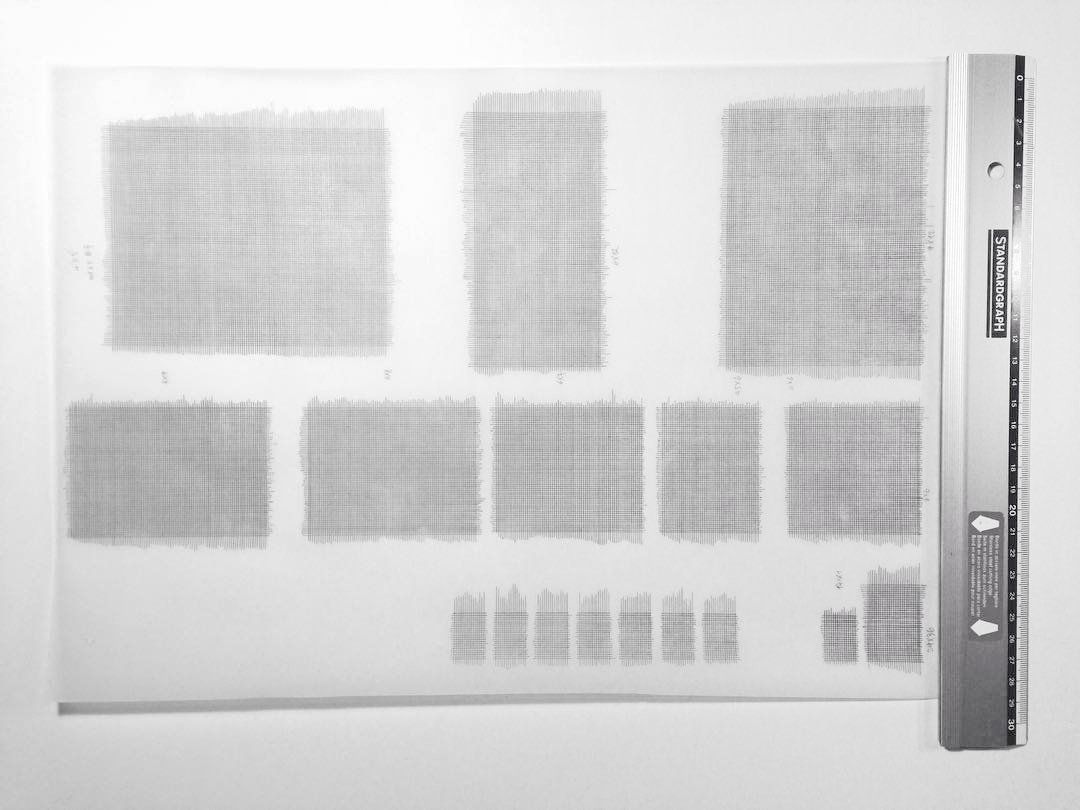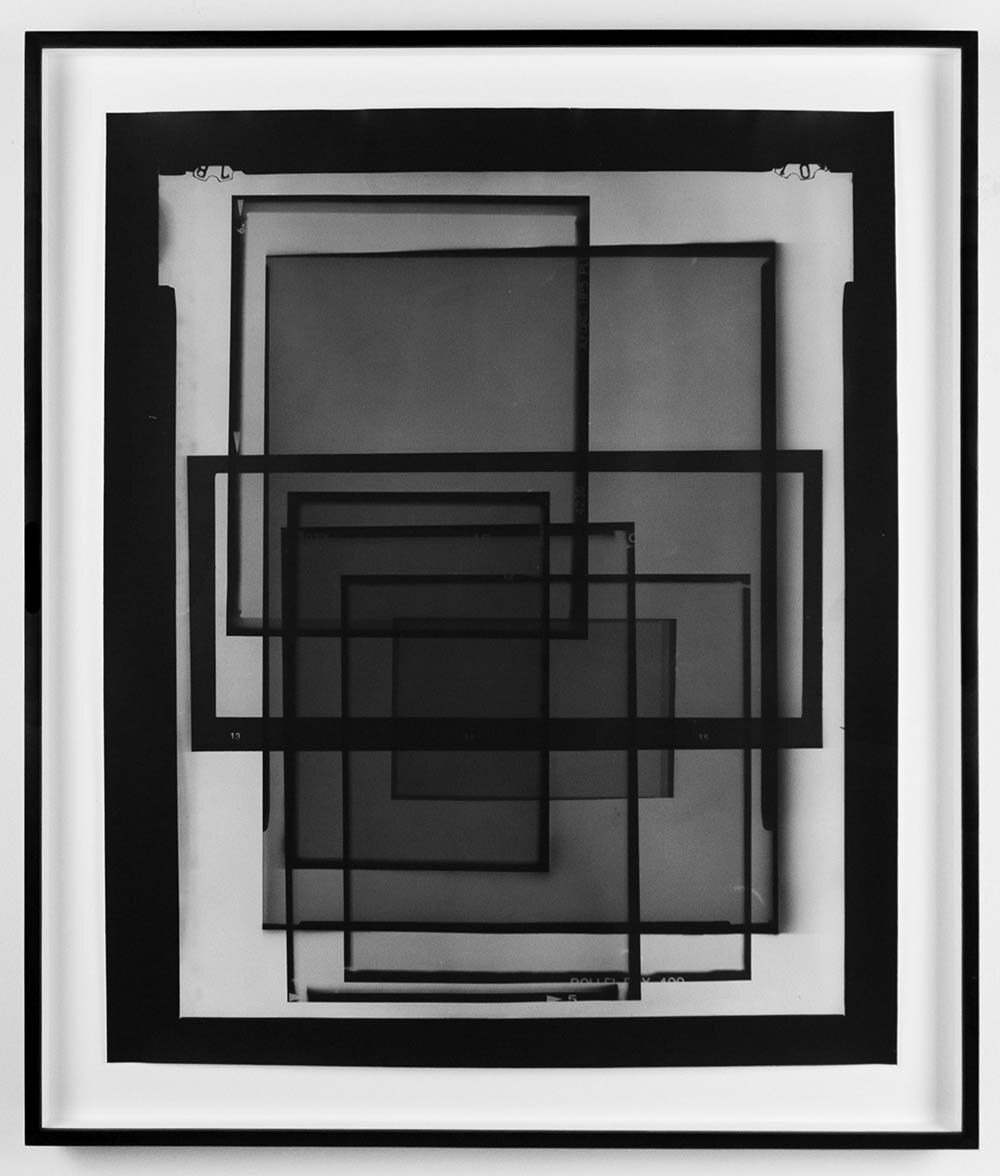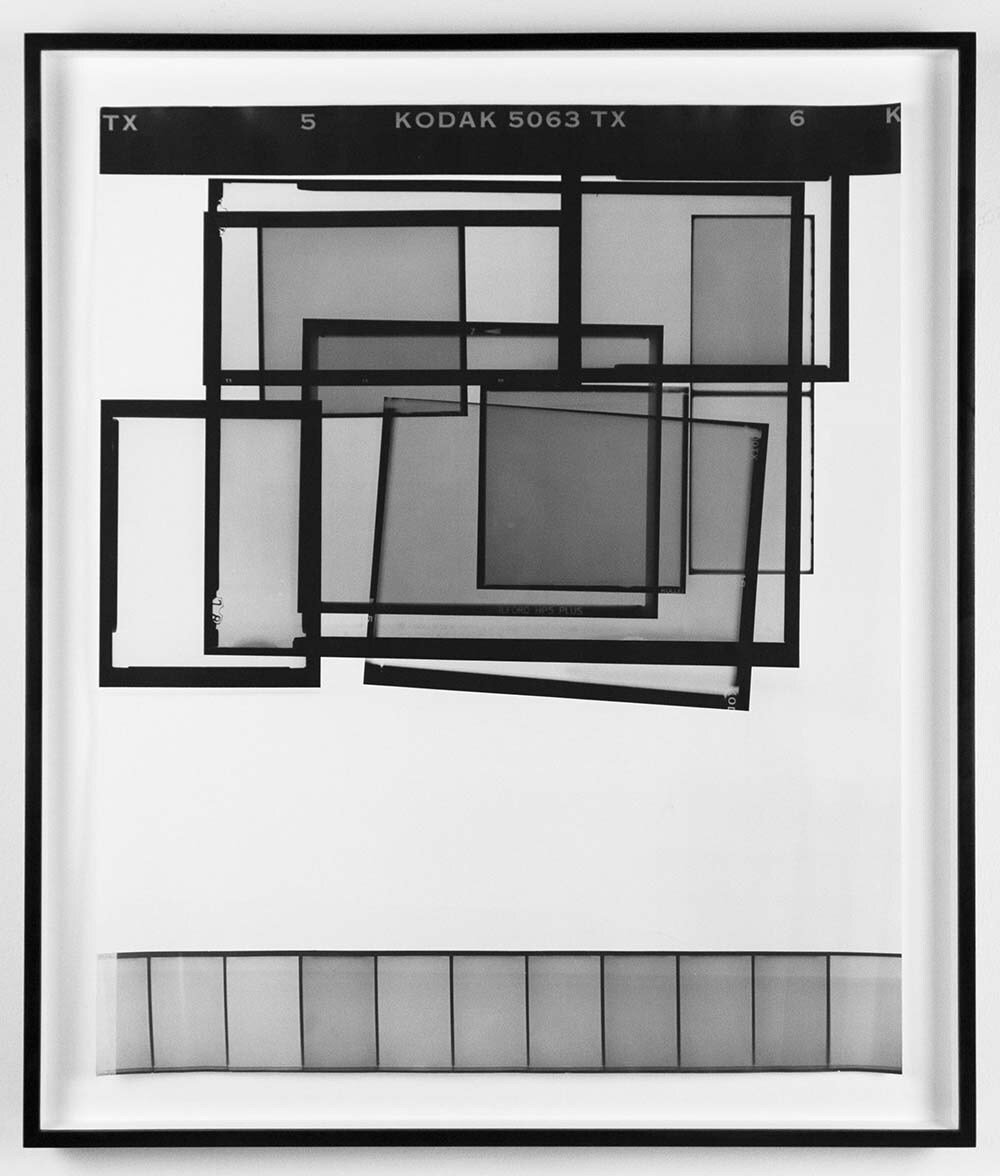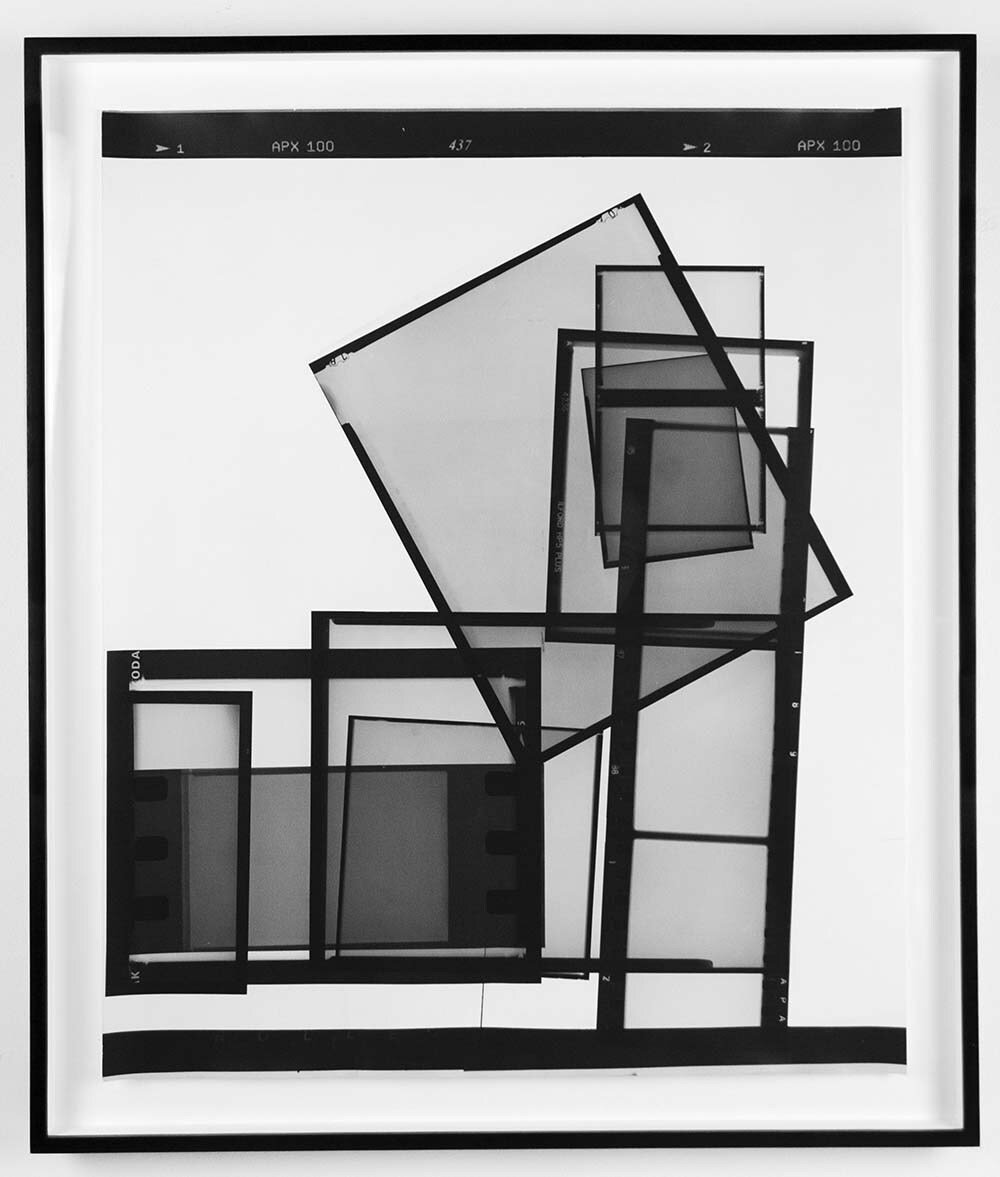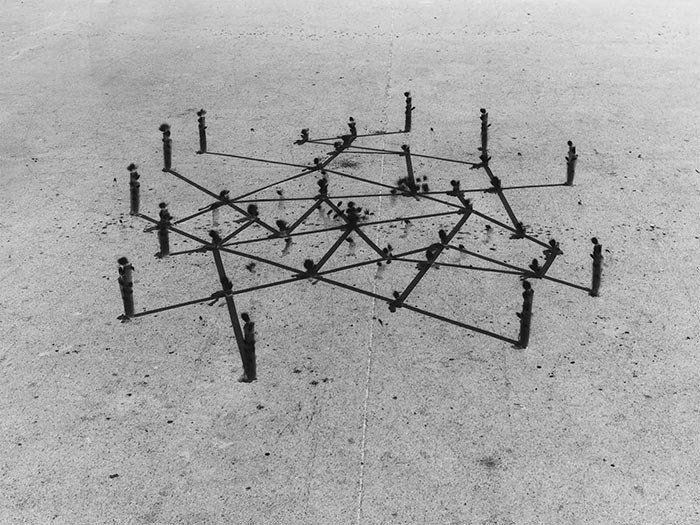TEXT >
-
ANALOGUE FORMATS STUDY(2015-2018) BY EUN SUN CHO
Formats function as moulds of seeing in any form of art. They give us a particular framework in which we dispose of the objects and rearrange. Particularly concerning photographic formats, the definition of formats has formed throughout the social and technical context. Various formats used conventionally in analogue photography are inventions of various ratio experiments in the scientific and cultural backgrounds and its results from technical conditions in mass production. In the early history of photography, there were much more different ratio systems and sizes, somewhat arbitrarily definite because they borrowed from paintings in the western tradition. This is because at that time, most of the photographers used to be once the painter who built their camera with various types of materials like glass and metal plate. In the meantime of development of celluloid film along with the concept of the standard by industrialization, analogue formats had begun to confine into integer ratio such as 1:1, 2:3, 3:4, 4:5, 1:2 and to refined in a fixed dimension like 24:36mm, 60x60mm, 4‘x5‘, 45x60mm. The transformation from arbitrary value to an absolute constant in photographic formats must have had something to do with the development of standardization.
The standardization is firmly rooted in metrology based on fundamental physical constants that are physical quantities believed to be universal and have a constant value in time. The discoveries in physics in the 19th and 20th century suggested that there ought to be a universal system of units hinged on an invariable of nature such as the speed of light and Planck constant. In this matter, one second is 9192631770 number of vibrations of a caesium atom (133 atoms), and a meter defined as the distance that the light travels in a vacuum within a specified time interval (1/299792458 of a second). As a matter of course, the development of early capitalistic development has been highly influenced by modern metrology. A constant nature served to the idea of universality, and the basis for the instruction on how a material implementation of the instance of the standard to be copied is realized. Standards are understood as a means of communication that creates interfaces for the interaction of people involved. In this way, reduced complexity and freedom of design on a lower level enabled new types of complexity at higher levels, so ultimately standardization serves to effective production control. In the early industrialization, the camera has inevitably become a ready-made in specific standard quantities; thereby, it served facile production and distribution of camera in the general public. It was believed to be around the time that photographic formats were fixed in specific ratios and sizes. It is also quite evident that standardization is not only dependent on technical possibilities, but also constellations of economic interest and power. Concerning the fact that the need for the exactitude in manufacturing has become a foremost goal of modernity, it is mainly caused by the utility of assemblage in case of replacement in the unified unit system and by assembly possibility in the age of mass production.
However, generally speaking, precision in any kind of engineering and science including measurement of the natural constant is inherently flawed due to the limitation of the measurement accuracy of the devices used and the representation of results by ordinary fractions or finite system fracture. Many quantities cannot be given by an expression that can be calculated precisely in the finite steps but can only be approximated with any precision. A number approximating with arbitrary precision means to represent it as the limit of a sequence. So the theory of approximation, convergence with error calculation has become in all practical use the central themes not being able to be omitted.
„Analogue formats Study“ explorers the discourses of the analogue photographic formats in terms of measurement and standardization. It defines analogue photographic formats as the confinement of multidimensional reality into the polygon of 2-dimensionality and the representations of specific measurements in accordance with the camera model based on the standard measurement system. The measurement of formats brings up concealed abyss in the exactitude of measuring in a standard system. The accuracy of actual format sizes has consequently slight variance with official sizes since in the production of camera model, exposure and measurement process it happens to be inaccurate as well as randomly rounded off results to the first decimal place by the physicality of the ruler and the observer. Furthermore, the hand-drawn grids of photographic formats in official values matched with actually enlarged formats reveal a rift between technical imperfection of physical conditions and theoretical formality again. At last, when the measurement of formats arrives in the realm of convergence namely accumulation point near theoretical values we acknowledge, then we could finally call them „00 x 00 mm/inch “ formats to find the place in a specific category.
EXHIBITION >
PUBLICATION >
